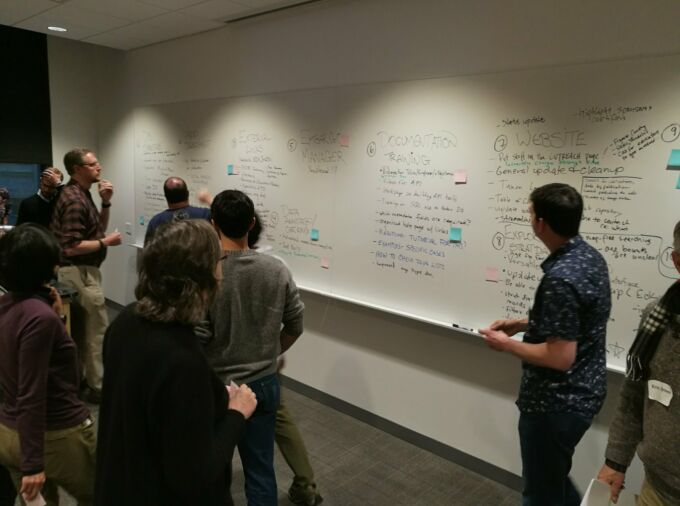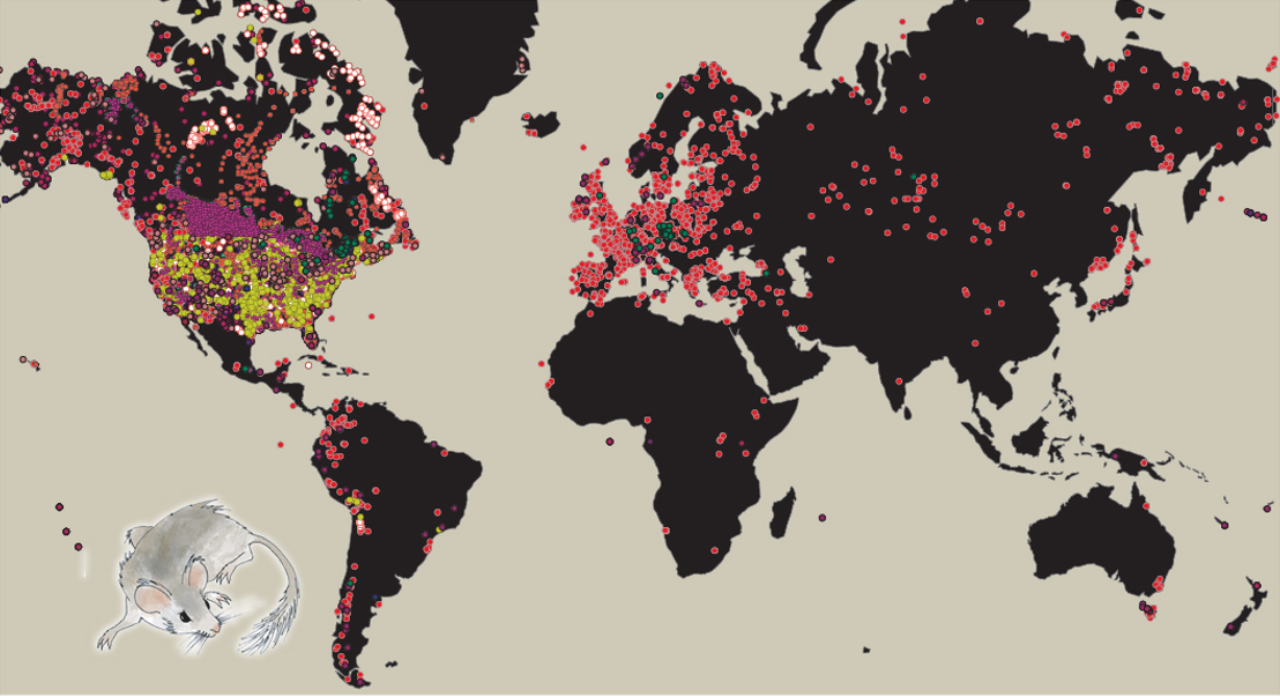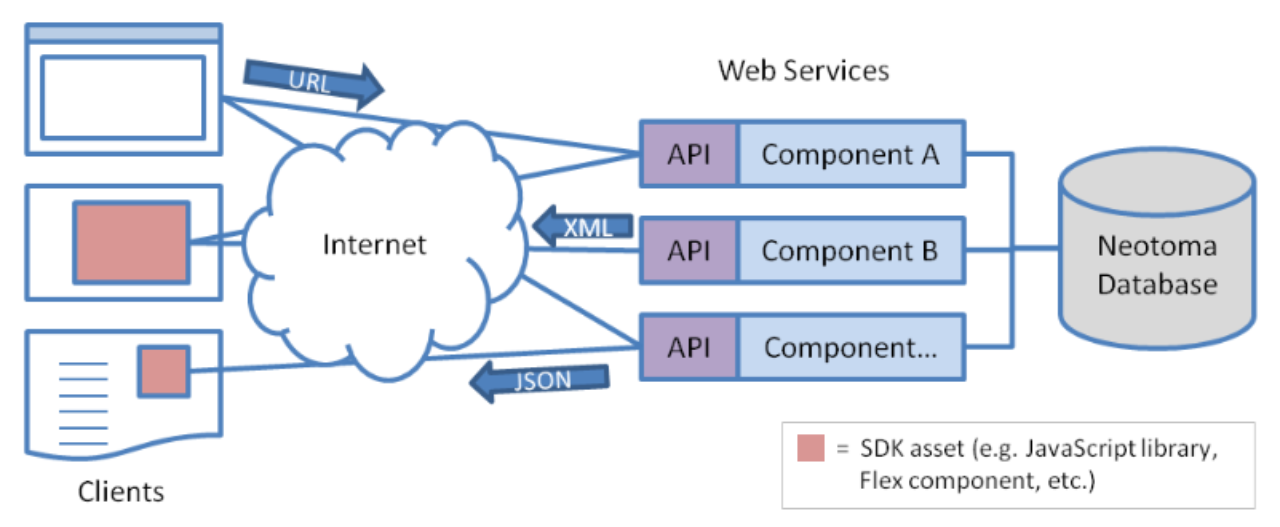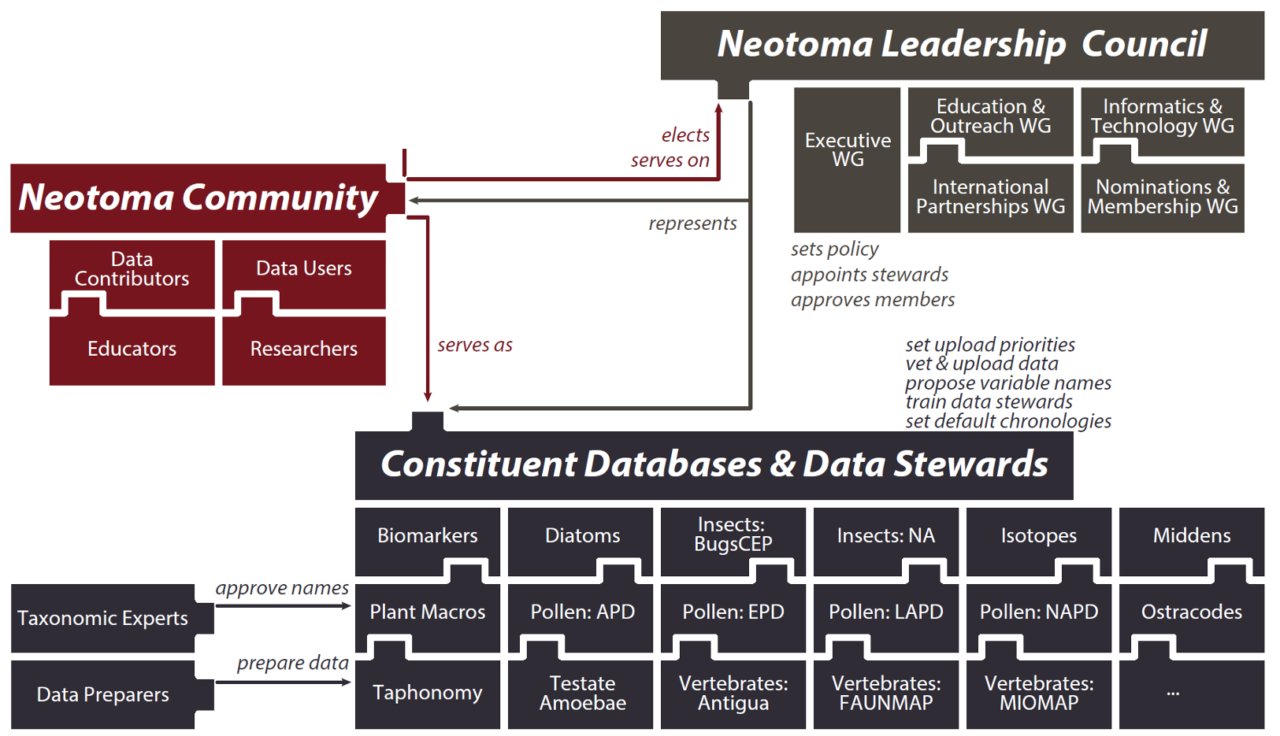Why Neotoma?
Neotoma provides an underlying cyberinfrastructure that enables the development of common software tools for data ingest, discovery, display, analysis, and distribution, while giving domain scientists control over critical taxonomic and other data quality issues.
Our Mission
Neotoma exists to support global-change research by providing an open, community-curated repository for multiple kinds of paleoecological data.
Neotoma can help our community to understand species dynamics during geological-scale change; power and enable global biodiversity studies; improve ecological forecasting; and reduce data entropy by providing a stable archive.

Neotoma Community Values
- Kindness
- Ethical
- Open to All
- Excellence
- Science-Driven
- International
- Supportive of Early Career Scientists
The Database
Neotoma covers primarily the Pliocene-Quaternary part of the geologic record, the time during which humans evolved and during which modern ecosystems developed.

The Neotoma database can accommodate virtually any type of fossil data. It is available for use by other data cooperatives that are welcome to develop their own individualized frontends to the database, as well as remotely input and update data.
Neotoma Data
- Fossil Pollen
- Vertebrates
- Diatoms
- Ostracodes
- Testate Amoebae
- Stable Isotopes
- Plant Macrofossils
- Packrat Middens
- And more - check out all of the constituent databases!
Database Key Characteristics
- Open data
- Curated by the community
- High-value data
- Standardized variable names & taxonomy
- Flexible data models for sites, proxies, cores, & more
- Time: Age controls and age models
Software Ecosystem
Essential to Neotoma are a suite of software apps and the capability to access the database remotely. Our web service APIs and software development kit (SDK) allow community developers access to Neotoma data from their own web pages and applications.
Our software allow the community to:
- Prepare, validate, submit, and revise data
- Archive and provision data
- Retrieve, explore, discover, and visualize data
Web Service APIs
This capability is critical for at least three categories of users:
- Constituent database cooperatives that want to develop their own web front-end to the database,
- third-party organizations that want to distribute data from the database via their own web interface, and
- developers who want to develop standalone applications for data analysis and display.

Community
The Neotoma community includes a broad variety of educators and researchers; a Leadership Council; and nearly 100 database stewards around the world. Our community-curated model leads to high-value data collected from an international group of kind and ethical scientists

Williams, Grimm et al. 2018, Quaternary Research
 neotomadb.org
neotomadb.org